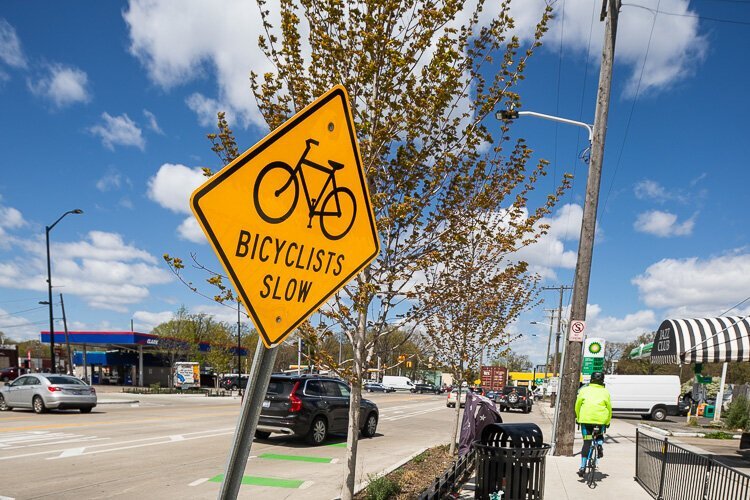Model D to launch Street View: Detroit’s Hidden Corridors series
Over the course of the next year, we’ll be taking a deeper dive into Detroit’s commercial corridors; some of them widely known and appreciated, and others that should be.

Over the course of the next year, we’ll be taking a deeper dive into Detroit’s commercial corridors; some of them widely known and appreciated, and others that should be.

Corridors are our great connectors. That’s true in a literal sense, where the streets, bike lanes, and sidewalks work together to get us from one place to another, but they’re also where we connect with each other, whether it’s friends at a coffee shop, strangers at a laundromat, or two dogs stopping for a quick sniff and wag. Each corridor is uniquely its own with any number of factors making it what it is today, a wide-ranging list that can include architecture, community-led placemaking projects, design, history, infrastructure, pocket parks, public artworks, small businesses, and the neighborhoods that straddle its edges; the list goes on. Those same factors help determine a corridor’s future, too.
Perhaps one of the most exciting things about a corridor is how quickly they can change from one block to the next — start here and end up somewhere completely different in just a half-mile’s time. That’s one of the reasons we’ll be focusing on select stretches of each corridor, rather than the entire roadway itself. Although, we wouldn’t mind taking US-12 all the way from Detroit to Aberdeen, Washington, one day either.
Have a favorite commercial corridor in the city? A stretch of roadway, greenway, or, hey, even canal? Drop us a line and let’s see where it goes.
Send suggestions to mj.galbraith.828@gmail.com.
Detroit’s Hidden Corridors series is made possible with support from the Ford Foundation.



